Archives
- 2018-07
- 2019-04
- 2019-05
- 2019-06
- 2019-07
- 2019-08
- 2019-09
- 2019-10
- 2019-11
- 2019-12
- 2020-01
- 2020-02
- 2020-03
- 2020-04
- 2020-05
- 2020-06
- 2020-07
- 2020-08
- 2020-09
- 2020-10
- 2020-11
- 2020-12
- 2021-01
- 2021-02
- 2021-03
- 2021-04
- 2021-05
- 2021-06
- 2021-07
- 2021-08
- 2021-09
- 2021-10
- 2021-11
- 2021-12
- 2022-01
- 2022-02
- 2022-03
- 2022-04
- 2022-05
- 2022-06
- 2022-07
- 2022-08
- 2022-09
- 2022-10
- 2022-11
- 2022-12
- 2023-01
- 2023-02
- 2023-03
- 2023-04
- 2023-05
- 2023-06
- 2023-07
- 2023-08
- 2023-09
- 2023-10
- 2023-11
- 2023-12
- 2024-01
- 2024-02
- 2024-03
- 2024-04
- 2024-05
- 2024-06
- 2024-07
- 2024-08
- 2024-09
- 2024-10
- 2024-11
- 2024-12
- 2025-01
- 2025-02
- 2025-03
-
DDD107498 receptor Of xenobiotic quinones thymoquinone methy
2022-05-09
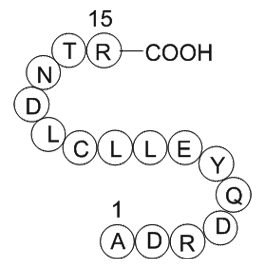
Of xenobiotic quinones, thymoquinone (2-methyl-5-isopropyl-1,4-benzoquinone; Fig. 1) is one of the most thoroughly studied for its pharmacological properties. It is the most active component of Nigella sativa, commonly called black cumin2, 3, the essential oil of the seeds of which are used for trea
-
Initial experiments confirmed that RBC effectively inhibited
2022-05-09
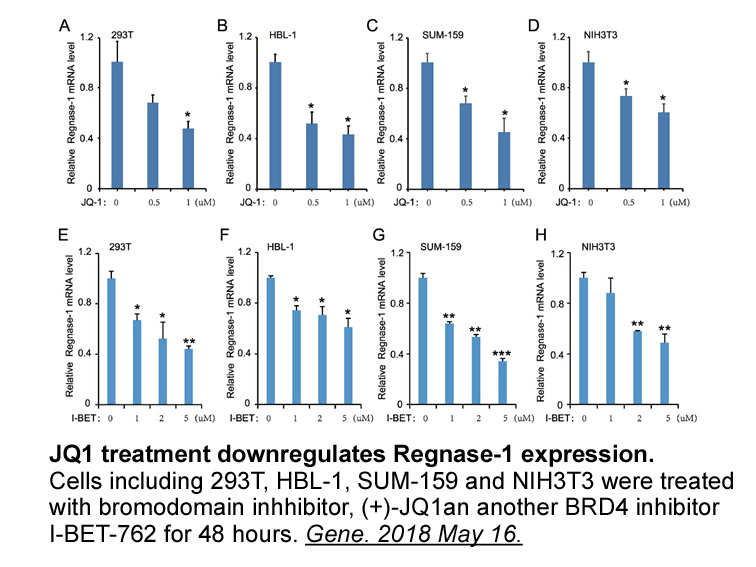
Initial experiments confirmed that RBC8 effectively inhibited both RalA and RalB activation in an identical, dose-dependent manner following platelet stimulation with the GPVI-specific ligand, CRP (Fig. 1Ai). Non-specific, upper bands were observed when immunoblotting for activated RalB, with the sp
-
It is interesting to note that GlyT and GlyT
2022-05-07
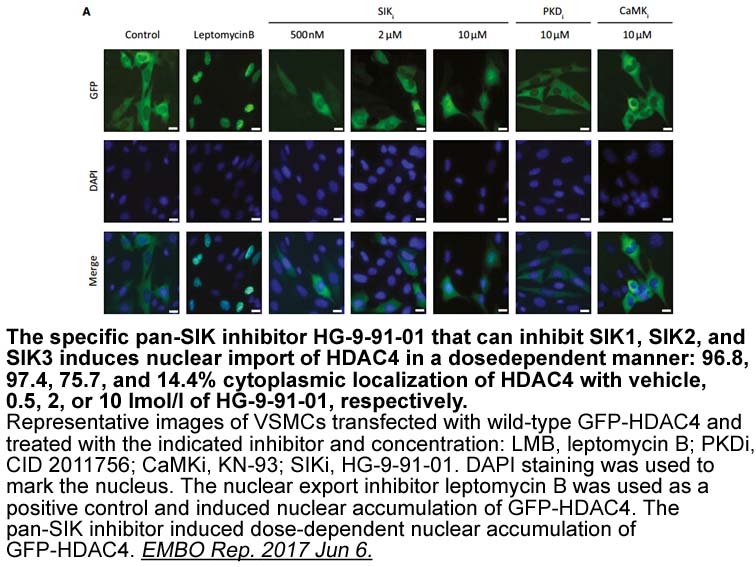
It is interesting to note that GlyT1 and GlyT2 are modulated in a coordinated and opposite way as that shown in this work by different mechanisms and situations. An example is the purinergic control of GlyT1 and GlyT2 through P2Y receptors in brainstem and spinal cord neurons. This mechanism promot
-
In fact changes in mitochondrial dynamics
2022-05-07
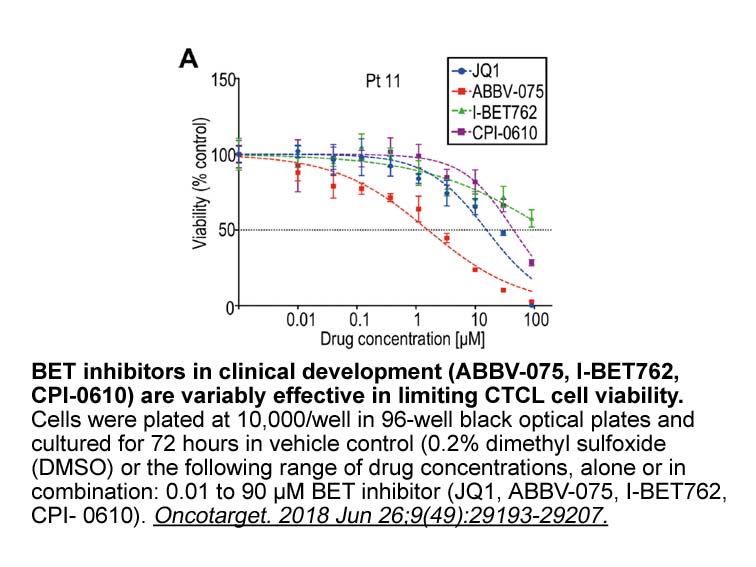
In fact, changes in mitochondrial dynamics directly affects many things including cellular metabolism [127], mitochondrial mass and turnover [128], mitochondrial transport, and calcium buffering [129]. Nigrostriatal DA neurons seem to have a preferential susceptibility to loss of Mfn2 when compared
-
More polar substituents introduced on the position of
2022-05-07
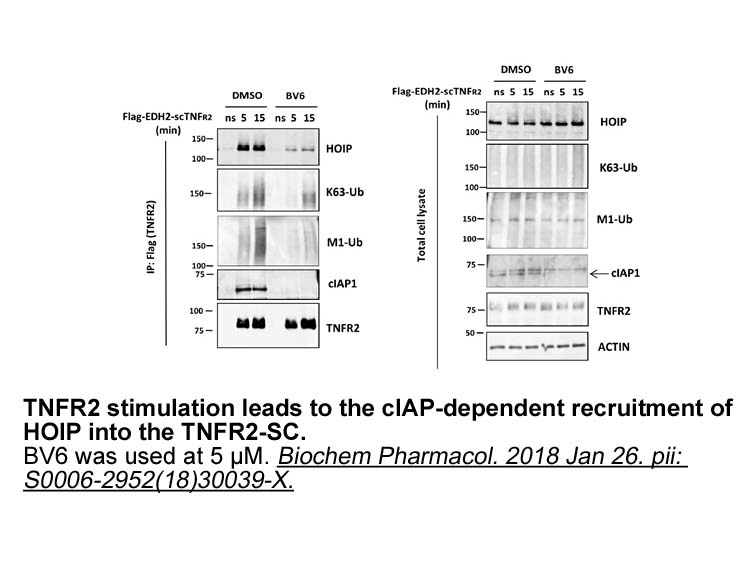
More polar substituents introduced on the 5-position of the aniline ring (e.g., dimethyl amine in ) decreased the lipophilicity of the compounds (4.3 for vs 5.1 for ), but did not affect their potency. For instance, was highly potent in vitro and demonstrated a surprising 51% lowering of Aβ42 in m
-
Introduction br Alzheimer pathology A and Tau Amyloid
2022-05-07
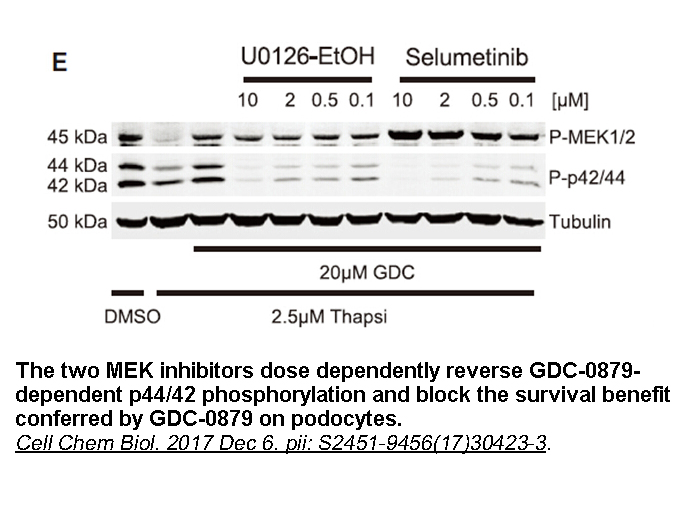
Introduction Alzheimer pathology: Aβ and Tau Amyloid β protein (Aβ) plays an important role in AD pathogenesis. At the molecular level, senile amyloid plaques and neurofibrillary tangles (NFT) are two neuropathological hallmarks of AD [1]. Mutations in genes encoding amyloid precursor protein (A
-
LY2228820 australia N Alkylated quinolinium dyes are the
2022-05-07

N-Alkylated quinolinium dyes are the common fluorescence molecules used in fluorescence sensing and cell imaging because of their attractive optical properties as well as high DNA binding affinities.13, 14, 15, 16, 17, 18, 19, 20 Moreover, the quinolinium moiety usually plays the role of donor in va
-
A previous study from our institution showed moderate correl
2022-05-07
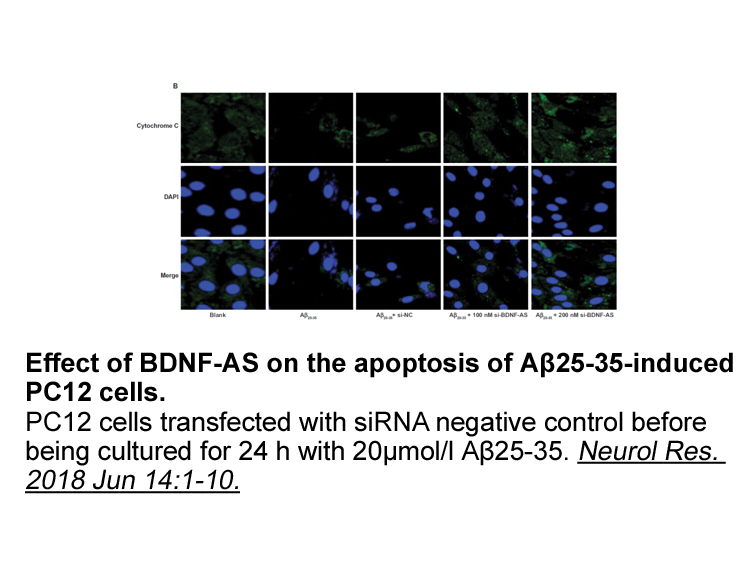
A previous study from our institution showed moderate correlation between the APTT and Anti-FXa assays, prompting an institution-wide change to an Anti-FXa based monitoring of unfractionated heparin. The current study is a descriptive analysis to evaluate the clinical outcomes in this pediatric coho
-
Evidence suggests that phosphorylation increases synaptotagm
2022-05-06
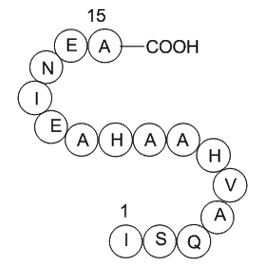
Evidence suggests that phosphorylation increases synaptotagmin affinity for the SNARE complex [15], [128]. It is, however, unclear how this might affect release. Synaptotagmin has been identified as part of the minimal vesicle docking machinery in chromaffin GSK2292767 [129]. Thus, phosphorylation
-
Hyperhomocysteinemia HHcy is a clinical condition characteri
2022-05-06
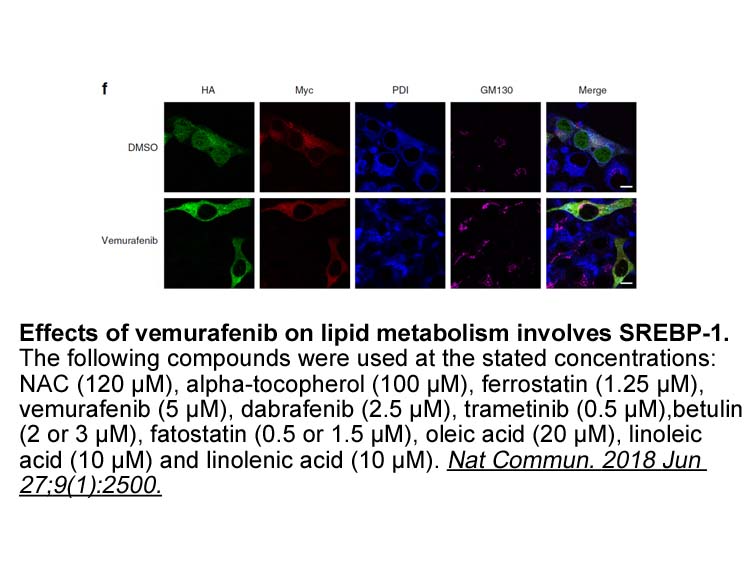
Hyperhomocysteinemia (HHcy) is a clinical condition characterized by increased levels of plasma homocysteine (Hcy) and a well-known risk factor for CVDs. Hcy is a sulfur-containing non-protein amino (-)-Bicuculline methobromide formed during the intracellular conversion of methionine to cysteine. P
-
Betahistine N methyl pyridyl ethylamine is a well known
2022-05-06

Betahistine (N-methyl-2-(2-pyridyl)ethylamine) is a well-known dual H1 Forskolin agonist/H3 receptor antagonist with structural resemblance to histamine. Though it has been approved long before the discovery of H3R to treat disorders of vestibular function as Menières-Disease, the evidence for this
-
Sonidegib is currently under investigation
2022-05-06
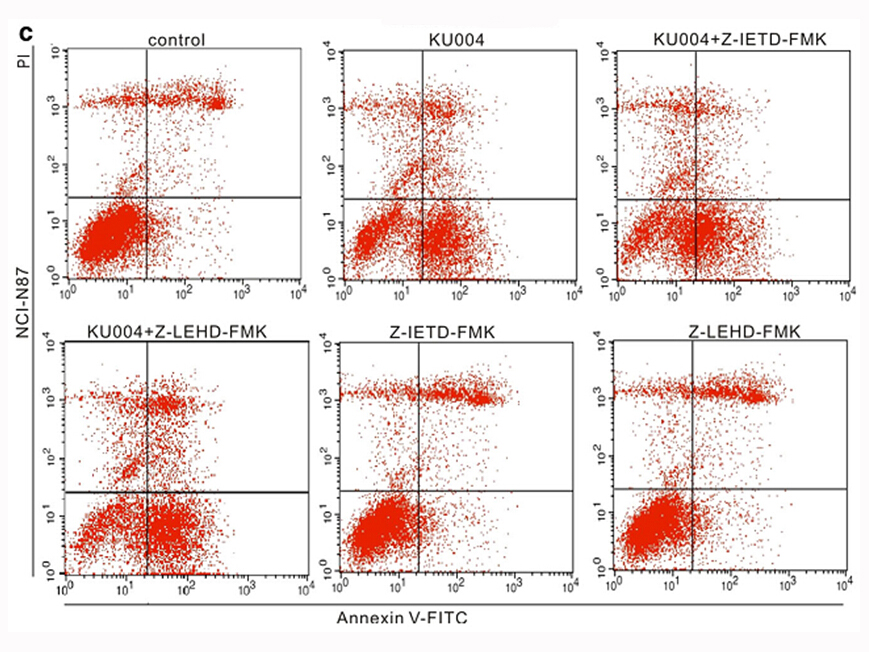
Sonidegib is currently under investigation for the treatment of relapsed/refractory acute leukemia (NCT01826214) [76]. All patients experienced at least 1 AE, including anemia, diarrhea, fatigue, nausea, muscle spasms, decreased appetite, and blood creatine phosphokinase increased. The ongoing phas
-
The HCV NS A protease consists of two subunits
2022-05-06
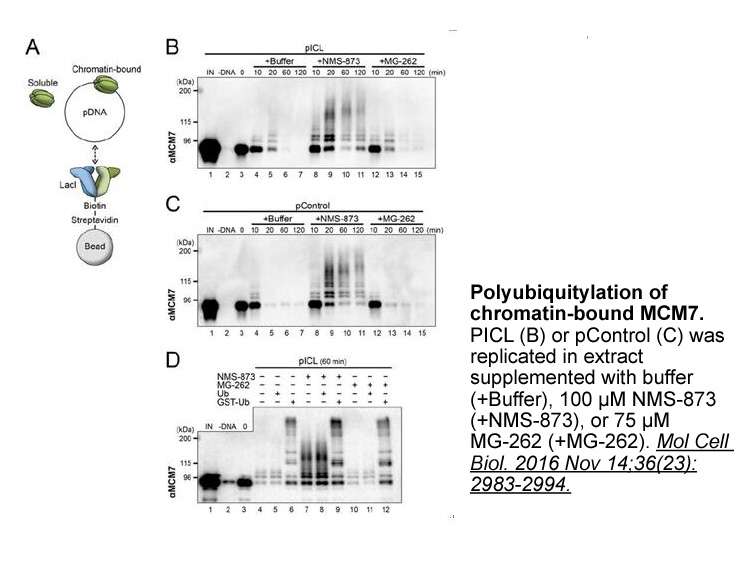
The HCV NS3/4A protease consists of two subunits, NS3 and NS4A. NS3 comprises an N-terminal serine protease domain and a C-terminal RNA helicase domain [12]. NS4A acts as a cofactor, which ties the holoenzyme complex to an intracellular membrane compartment. The presence of the central region of NS4
-
In contrast to RhoA Rac and Rap which are
2022-05-06
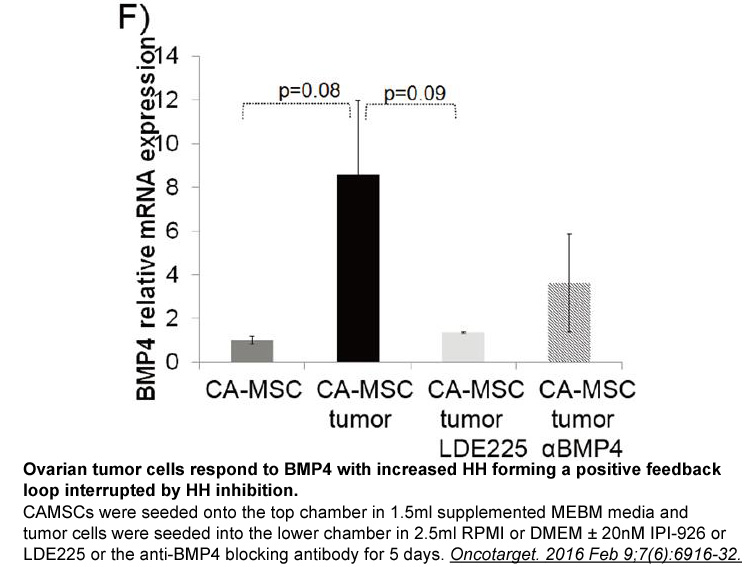
In contrast to RhoA, Rac1 and Rap1 which are stimulated by platelet activators and inhibited by NO/PKG, the GTPase ADP-ribosylation factor 6 (Arf6) is regulated in the reverse way. Platelet agonists like thrombin, collagen, or ADP, reduce Arf6-GTP levels, whereas NO and PGI2 oppose this reduction [1
-
Mice lacking S nitrosoglutathione reductase GSNOR a
2022-05-06

Mice lacking S-nitrosoglutathione reductase (GSNOR), a denitrosylase that regulates S-nitrosylation, have increased levels of S-nitrosoglutathione (GSNO) and exhibit nitrosative stress. GSNO is in equilibrium with protein S-nitrosylation in cells, and GSNOR controls the cellular concentration of pro
14985 records 416/999 page Previous Next First page 上5页 416417418419420 下5页 Last page